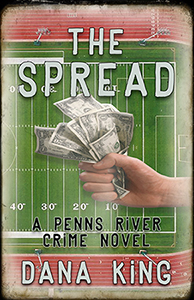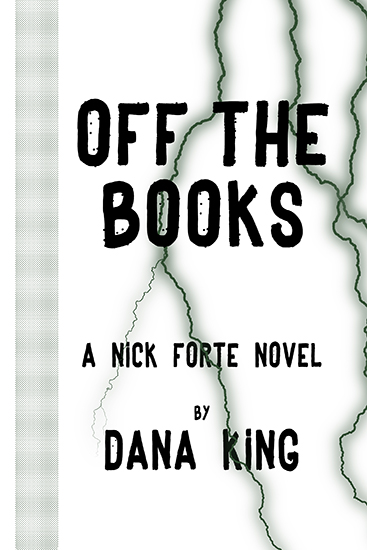Maybe it was The
Summer of Western Research. Or maybe it was what spurred the idea to write a
Western. More likely it was some of the things TSoWR made me think of. How to
build the world. What to include. What to leave out. Building a cast of
characters, but now how to build the story. I’d taken some of that for granted
in the past. Once my universes were set up for Nick Forte and Penns River it became
easy to think of stories that fit them. This would have to be different.
Summer’s over. I’m
back to work on what I hope will be the penultimate draft of the fifth Penns
River novel. The vague image of the form of the sixth started to take shape during
the Creatures, Crimes, and Creativity conference a few weeks ago, but there’s
no story. That’s unusual. I usually have the germ of the story first then mold
it into a shape that will suit my setting and characters.
It bothered me. An
itch I could scratch, but scratching didn’t provide relief. After a week or so
it occurred to me I was looking for ways to become a better writer. The reason
I like Nick Forte and Penns River so much is the abundance stories available in
that universe. (For those who don’t know, Forte is a Chicago PI and first
cousin of the main character in the Penns River novels, which take place in
Western Pennsylvania. The two series cross over from time to time, most notably
in Grind Joint.) The books are good,
but I don’t know that they’re getting any better. I had a philosophy in my
musical days that kept me practicing: You can never stay the same. You either
get better, or you get worse. I didn’t feel I was getting better.
This week I
interviewed John McNally for a December blog post. John is the only actual
writing teacher I ever had—no, I’m not blaming him—and I’m always interested in
what he has to say. It’s a great interview, as good as any that ever graced
this blog. (Editor’s Note: He’s not kidding. You’re going to want to read it.)
Here’s part of one response: I had a
teacher who once posed this question to the class: "What's at stake for
you in this?" That's probably become the single most important piece of
writing advice I've received. Not what's at stake for the character but what's
at stake for you?
That’s what’s
missing. I know I can tell a good story and I can tell it well. What I need now
is to maintain those qualities and go a little deeper. Invest more of myself in
the book. The catch is I don’t know how to do it. I mean, if it were easy I’d
have done it already. So I’m shifting my reading for a while, not looking for
anything new, but for things from favorite authors that might mean more to me
now than they did before. Some books will be re-read. Some will be books I
haven’t read yet by favorite authors.
I’m not sure what
I’m looking for. I’m not even sure I’ll know it when I see it. Maybe the best I
can hope for is that cruising through my betters will rub off on me. All I know
for sure is I want this next book to be something different, something better,
without losing any of the things that I do well already. We’ll see how it goes.














